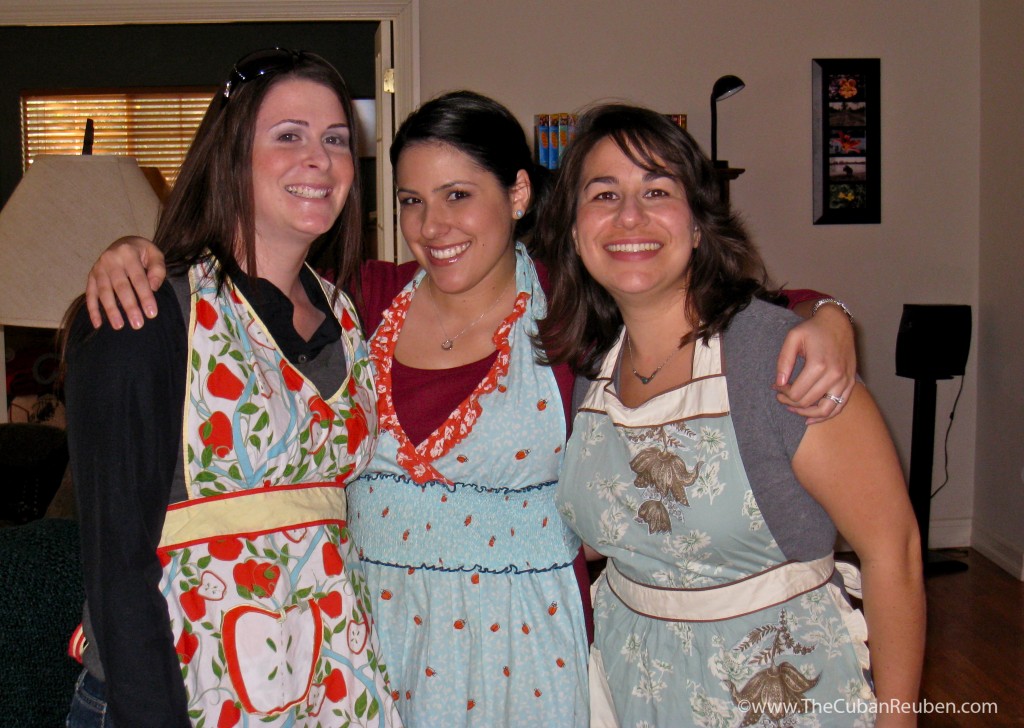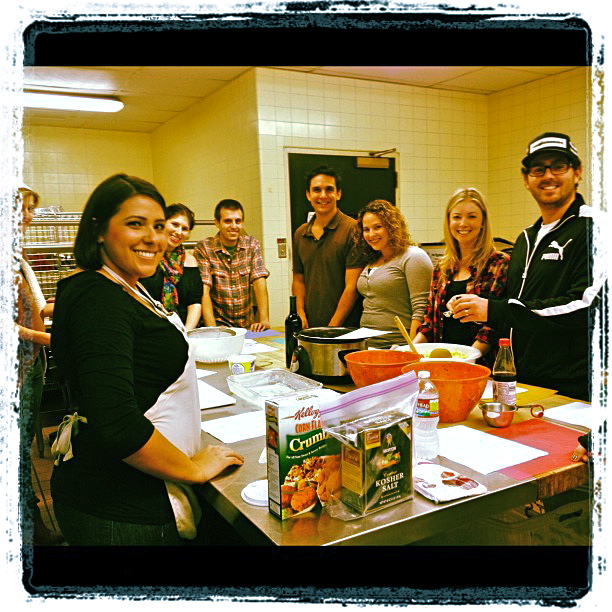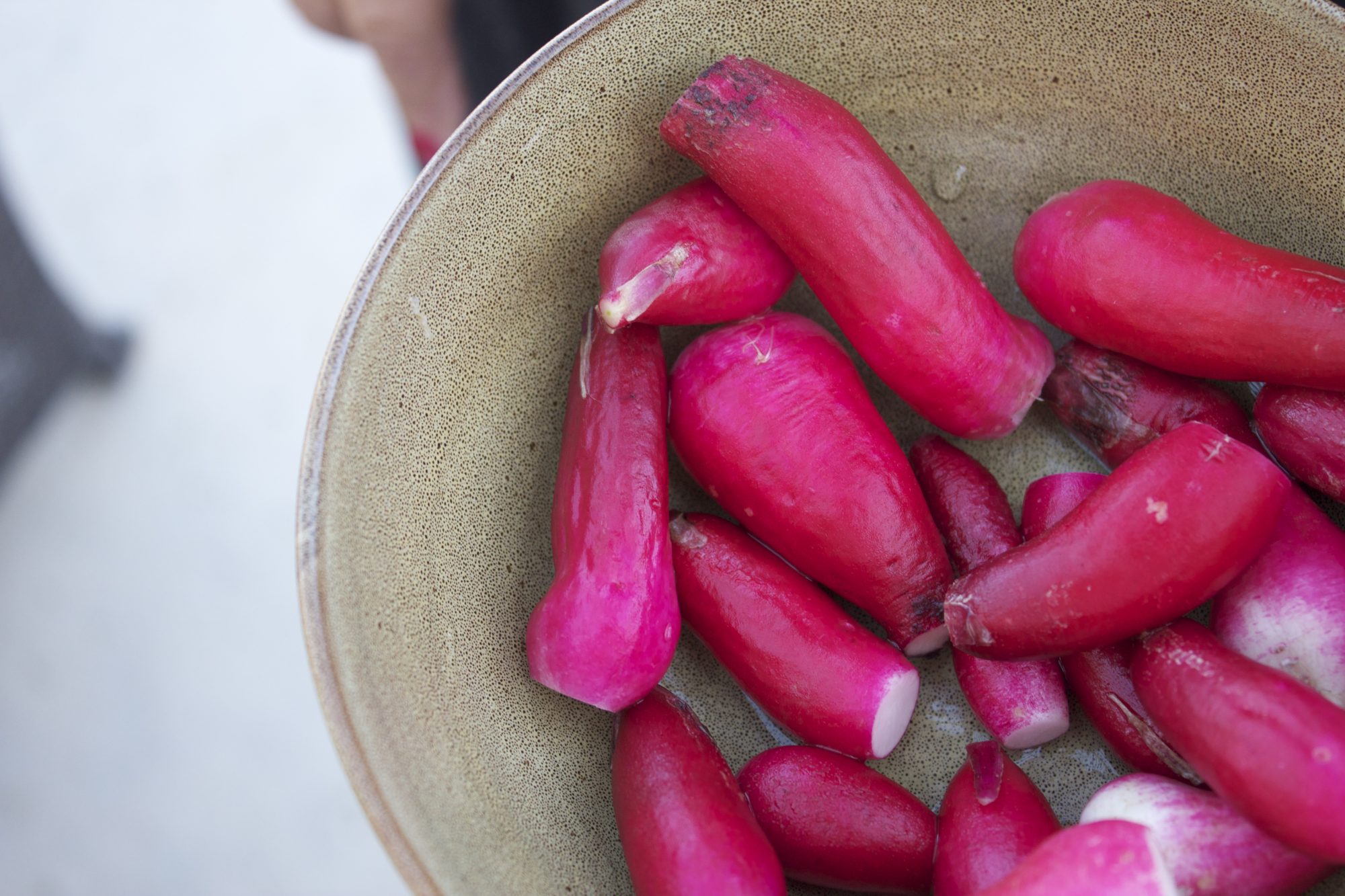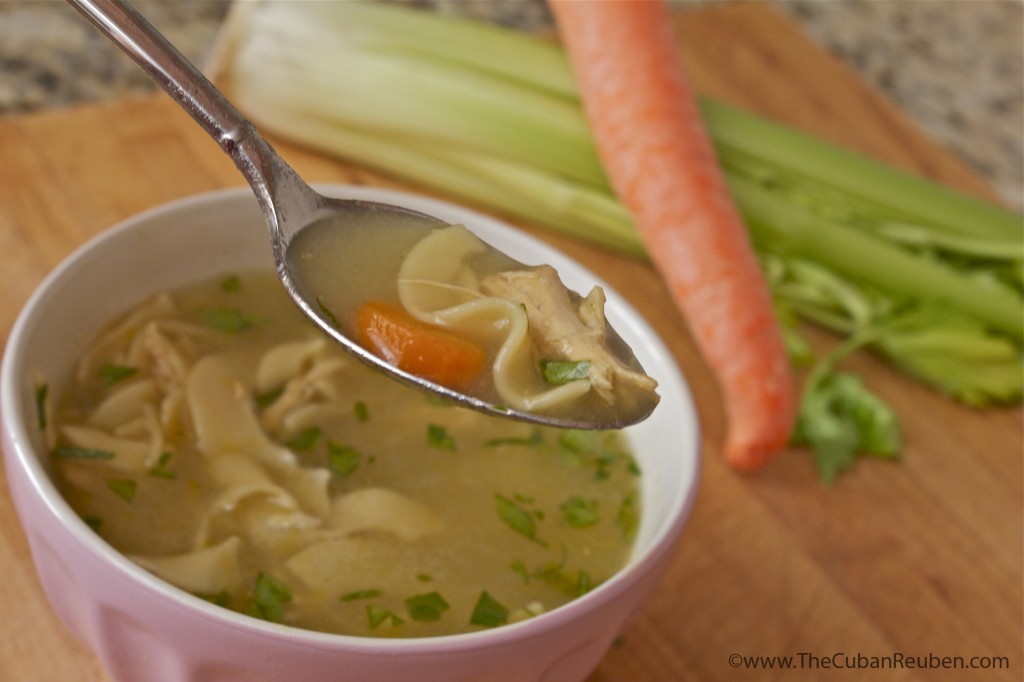Several years ago, shortly after a good friend of mine got married, she and I began meeting in secret, so that I could help her figure out her way around the kitchen. We met once a month, perfecting an appetizer, soup or salad, main dish, and dessert each time, slowly building her personal repertoire of recipes. As she grew more confident in her own cooking style, she shared our little secret with some mutual friends, and seemingly overnight, my cooking classes grew.

Since then, I’ve taught everyone from 3-year-olds making rainbow pizza (which is veggie pizza to the rest of us), to couples enjoying a date night, and young adults seeking to wow their Bubbes with traditional recipes for Jewish holiday feasts.

With every new class, I find myself offering the lessons I have learned from previous generations in my family. And while techniques and styles have evolved, I thought I’d share 5 cooking tips that are timeless.
5. Keep it simple. Good food isn’t synonymous with thousands of ingredients and steps. Sometimes the most treasured dishes involve minimal effort, and focus on heightening a single flavor. For example, I remember the way my mouth watered when I first tried adding a pinch of salt to a slice of watermelon or a dash of chili powder to a piece of mango. See how the flavor intensifies when you squirt the juice of a lemon and sprinkle a bit of salt to some cucumbers. Trust me on that one.
4. Clean as you go. I often see new cooks get overwhelmed by the mess and pile of dishes that await them after a day of cooking. Take a second to wipe down the counter top while that cake is in the oven, or wash the dirty dishes when those veggies hit the grill. I even bring my sous chef (read: husband) along with me to my cooking classes at the temple, and he’s great about washing the dishes the moment they are no longer in use. The less work you have to do after you’ve finally enjoyed the fruits of your labor, the sooner you get to kick off your shoes and relax.
3. Invest in quality. I’m as much of a Frugal Frannie as the next girl, but there are certain items in which I am willing to invest. Knives, for example. You don’t necessarily need a whole set (although it doesn’t hurt to have one, but I know, I know… they can be expensive), just the essentials. Good knives can help take the load off, literally. Properly weighted, sharp knives should make your job easier, not harder, and should fit comfortably in your hand.
Quality ingredients are also worth the investment of time and money. Head to your local farmers market to see what seasonal produce is prime for the picking. Often times, the prices are cheaper at these markets than they are at your jumbo stores, since you take away the cost of a middleman packager and any sort of travel. Plus, the produce tastes infinitely better, as it is picked at the peak of freshness often the day of the sale. These little choices make a big impact on flavor.
After cycling through my bunches of cookie sheets, cursing the burnt bottoms they all left me with, I finally invested in a nice, insulated baking sheet, and have since kissed my burnt bottom confections good-bye. I learned that it is better to have one really strong, insulated baking sheet than ten flimsy ones that don’t do the job justice. In this case, I wish I had made that investment earlier.
2. Watch and learn. Cooking isn’t only learned through lessons at your local culinary school or from the famous chefs we see on the TV. Pay attention to the known cooks in your circle of family and friends, as they prepare meals. Offer your help, and observe their cooking techniques. When you find yourself dining at a restaurant with an open kitchen, opt to sit at the counter, so you can get a good view. You’ll quickly learn that everyone has their own style, tips and shortcuts. The more time you physically spend in the kitchen, the more you’ll pick up.
1. Have no fear. The most important lesson I teach my students is that the only way to really learn how to cook is to not be afraid of making mistakes. It is in these mistakes that we learn what works and what doesn’t. Trust me, I have had my fair share of dud dishes (sorry, husband), but if I quit after each mistake, I wouldn’t have made all the fun culinary discoveries that I have made along the way. Much of great cooking has more to do with confidence than prowess. And confidence grows only with practice.
Take risks. Try your hand at your all-time favorite recipe, and see how it goes. Choose an unfamiliar piece of produce at the market, and bring it home to experiment. You just might surprise yourself.
**************
Keep these tips in mind as you navigate your kitchen. Hopefully, they’ll help shed a little light on the situation, and give you the little umph needed to tackle that special recipe you’ve been dying to try.

